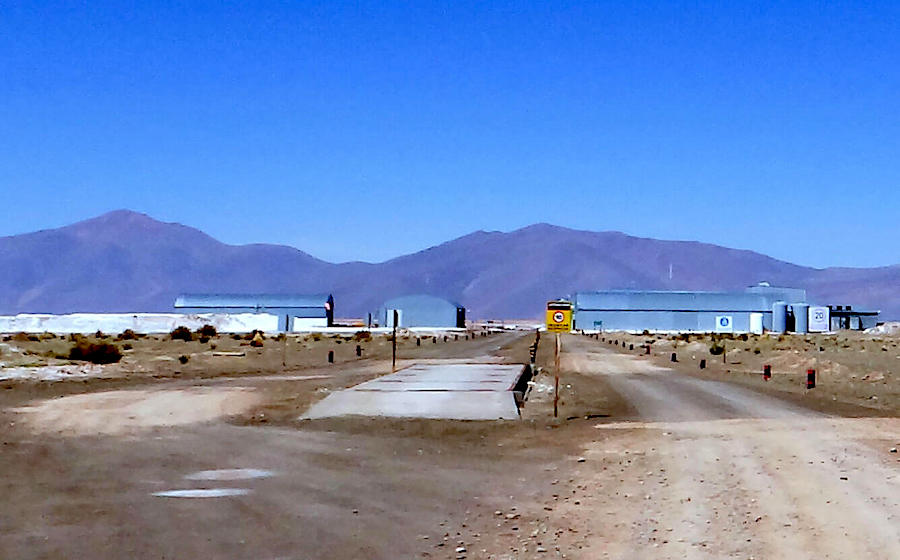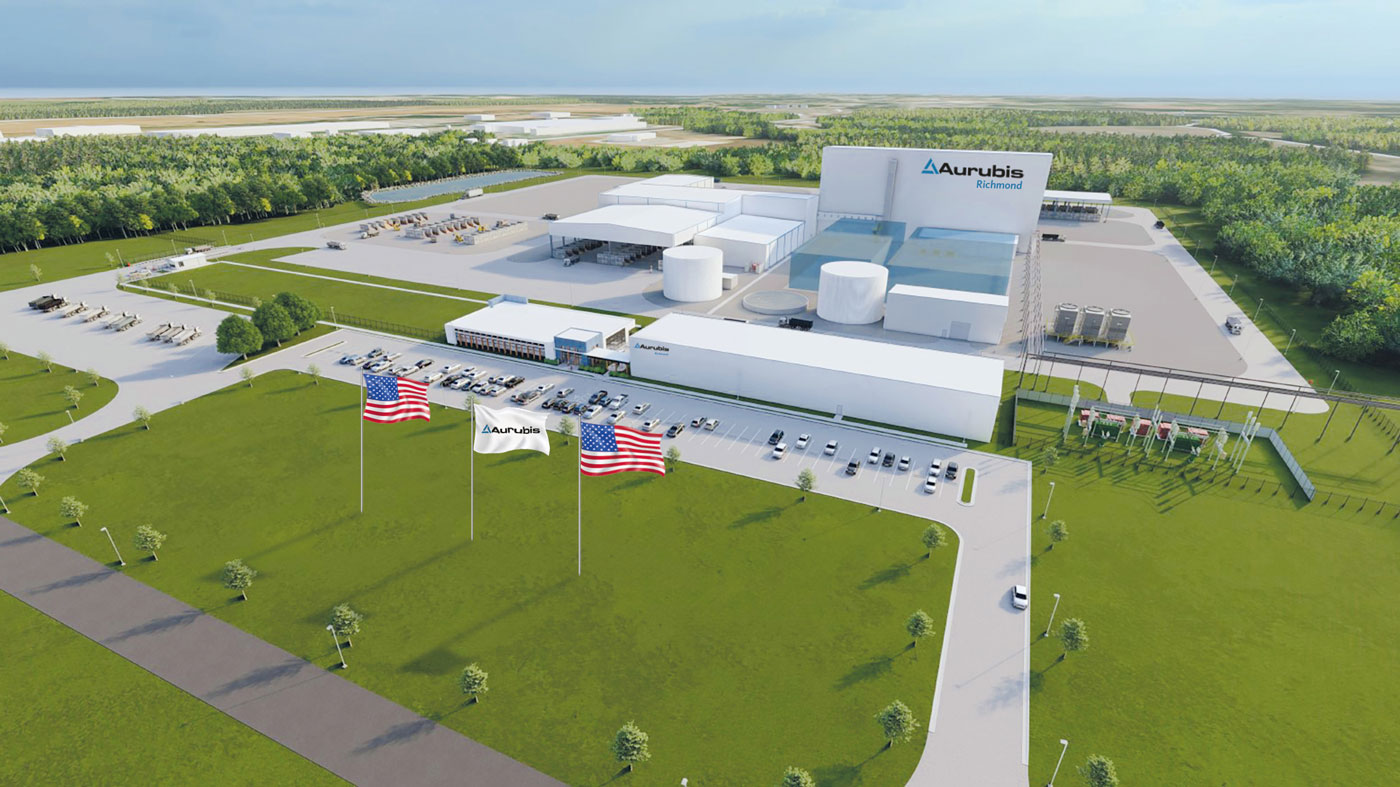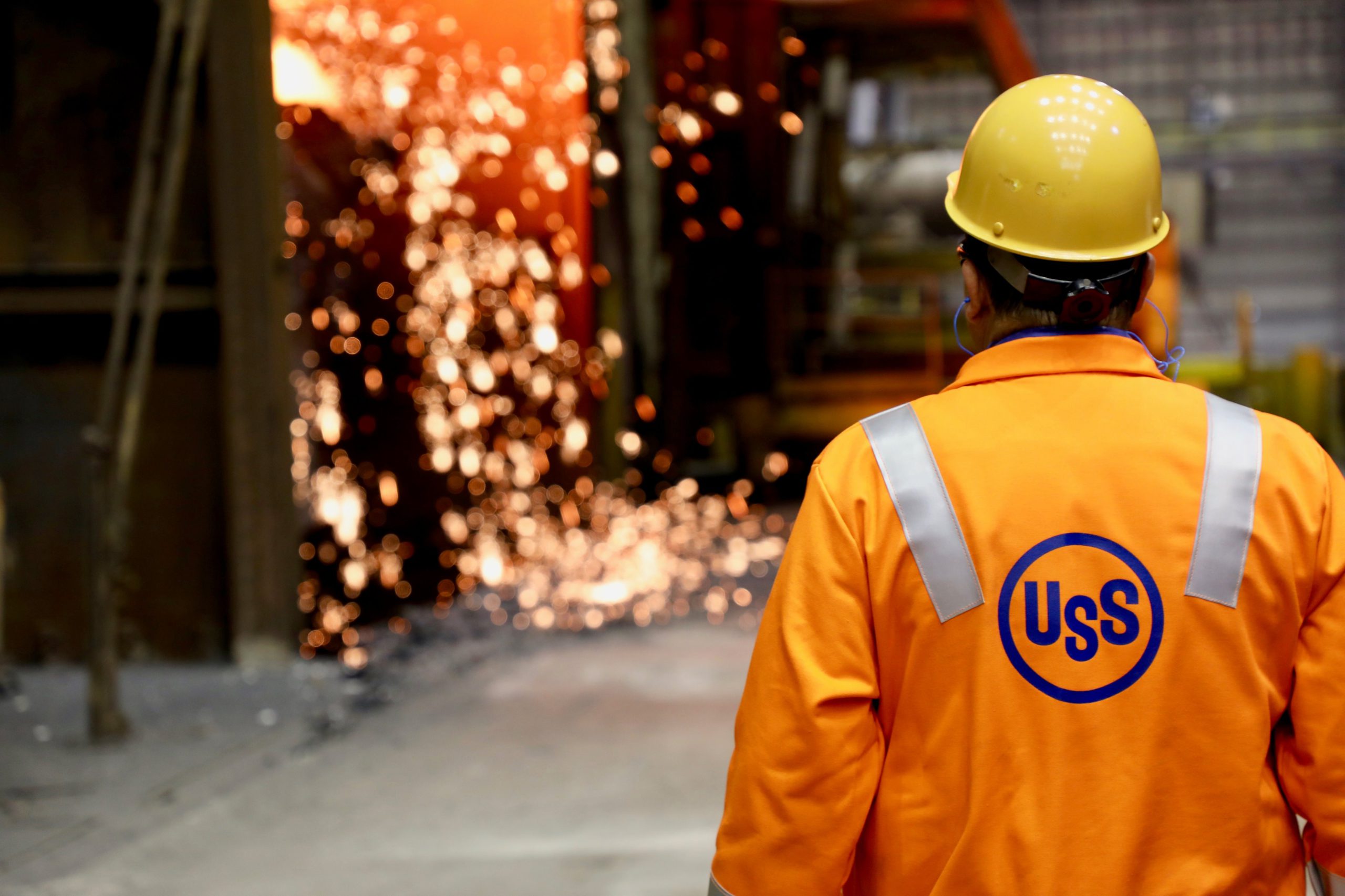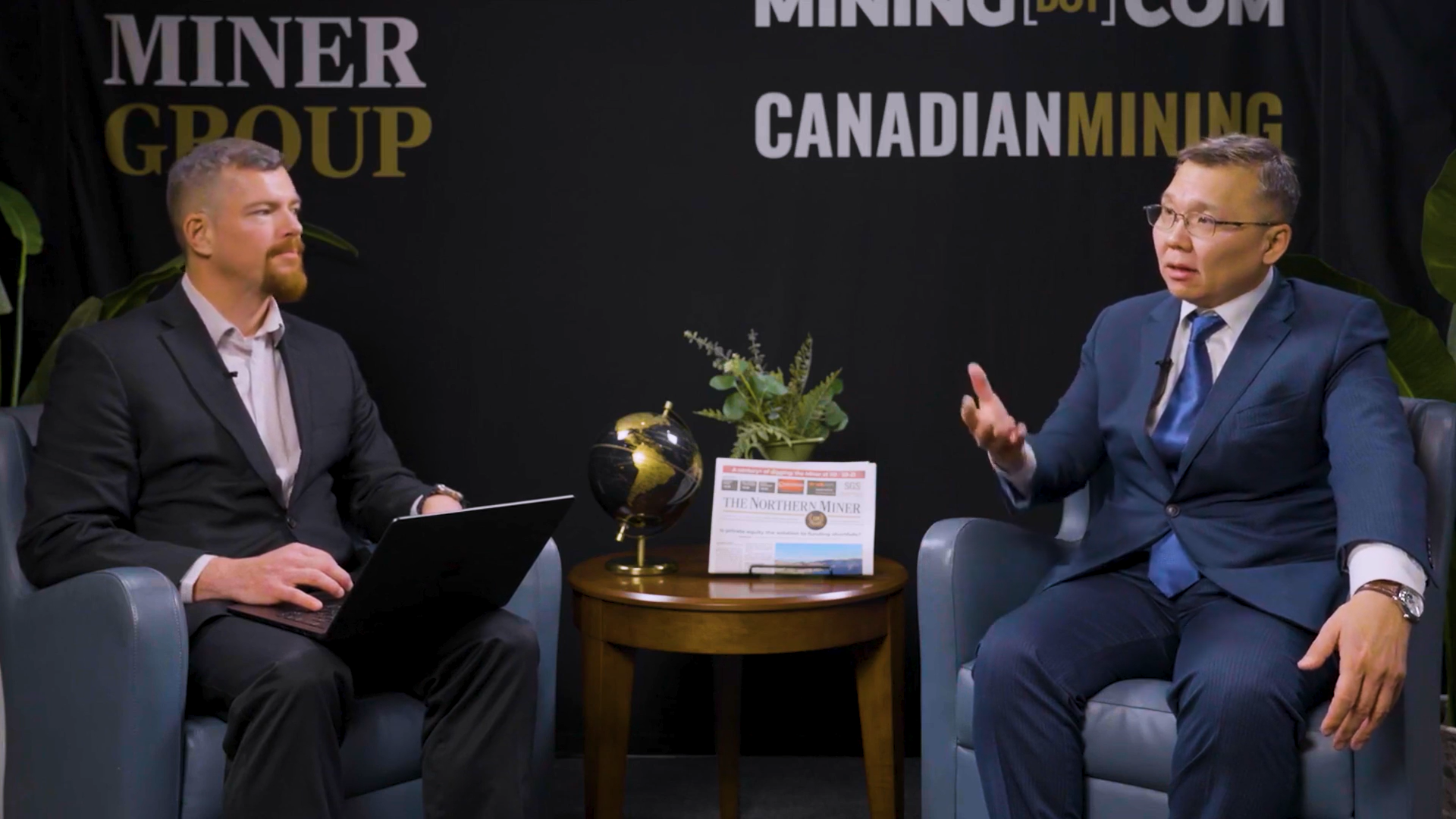Rio Tinto wants lithium assets, but not at current prices

Rio Tinto (ASX, LON, NYSE: RIO) chief executive, Jakob Stausholm, said the company continues to be “very interested” in finding lithium projects to add to its portfolio, but noted the current cost of such assets are too high.
Prices for the coveted battery metal rebounded this week for the first time in five months after tumbling from last year’s record highs. This is partly attributed to the world’s no. 2 producer Chile’s decision to tighten state control of its lithium industry.
“I think it is very difficult to justify to go in and buy at these high prices unless you already know you can sell the lithium at a high price,” Stausholm told reporters after Rio Tinto’s annual general meeting in Australia, the WSJ reported. “We have to make sure that it’s also in the interest of our shareholders and not just the selling shareholders.”
The world’s second-largest miner saw its battery metals ambitions partially crushed last year, after Serbia revoked its licence for the $2.4 billion Jadar lithium project.
Rio, which has been actively searching for new assets since, bought later the Rincon lithium project in Argentina, where it has faced an annual inflation rate of more than 100% in the past year.
Rio’s boss said that while the outlook for long-run lithium prices was unclear, the company expects a shortage of the metal.
Committed lithium supply and capacity expansions, according to Rio Tinto, will contribute only about 15% to supply growth over the 2023-2050 period. The remaining 85% would need to come from new projects.
The need for more lithium sources has spurred mergers and acquisitions in the sector, highlighted by Albemarle’s (NYSE: ALB) three recent unsuccessful bids for Australian lithium junior Liontown Resources (ASX: LTR) and Tianqi Lithium’s failed attempt to buy Essential Metals (ASX: ESS).
Energy transition
Board chair Dominic Barton said electric vehicles and battery storage would raise lithium demand more than 40 times by 2040, while 20 times more cobalt and nickel would be needed.
“We have a critical role to play in enabling this energy transition, supplying essential minerals … all of which are vital for the transition to a low-carbon economy,” Barton said at the annual meeting.
He also warned that to meet the Paris climate accord goals, the world would need 700 million tonnes of copper over the next 20 years, while by 2050 wind power capacity would have to increase eightfold.
“To put that into perspective, one wind turbine of three megawatts requires 300 tonnes of steel, five tonnes of copper, three tonnes of aluminium and two tonnes of rare earths,” Barton noted.
Rio Tinto currently has no lithium projects in Australia, which is the top producing nation of the battery metal produced from hard-rock spodumene, in contrast to other major producers like Chile, Argentina and China, which produce it mainly from salt flats in evaporation ponds.
More News
Aurubis to ramp up new US copper recycling facility
Aurubus has invested $800 million building the project, which took four years.
April 09, 2025 | 02:50 pm
Trump says he does not want to see US Steel go to Japan
The comment appeared to contradict recent actions by the Trump administration.
April 09, 2025 | 02:49 pm
PDAC 2025 JV Video: Asian Battery Metals targets high-grade nickel in Mongolia
Company is preparing for a busy year of exploration at its Oval nickel-copper project following a high-grade discovery last year.
April 09, 2025 | 01:33 pm
{{ commodity.name }}
{{ post.title }}
{{ post.excerpt }}
{{ post.date }}




Comments